AI devices ease the labor crisis that’s forcing framers to let crops rot on the tree
Flying robots are easing a labor crisis that threatens the world’s fruit farmers.
They hover next to the tree, pluck an apple, peach or nectarine with a gentle twist of their suction arms and carefully deposit them in a collection bin.
They’re tethered to a platform so they never run out of power, they work tirelessly day and night without a break, they don’t need food, housing or visas, they don’t stop for a coffee, they don’t mind the baking heat… and they never answer back.
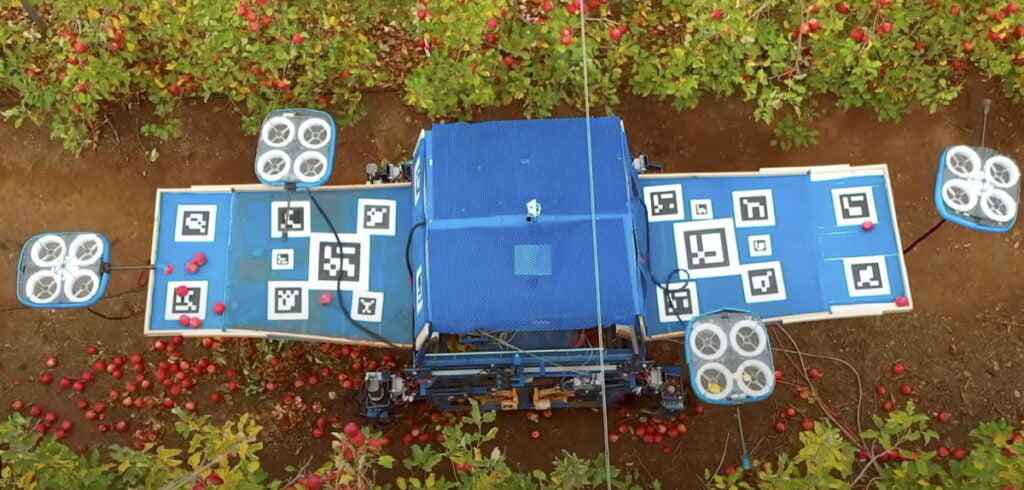
Not only that. They are fitted with cameras that assess the exact size and color of each piece of fruit and only pick what’s perfectly ripe. They also provide the farmer with invaluable data – real-time updates on harvesting progress, time to completion, quantity picked and cost.
Tevel Aerobotics Technologies, an Israeli startup, has developed the world’s only flying autonomous robots (FARs) that pick fruit. There are other robot solutions for fruit picking, but they are big ground-based machines that aren’t as agile, efficient or cost-effective.
Tevel can deploy dozens of its FARs across an entire orchard – either four or eight tethered to a mobile platform – during the small time window when a crop is ready to harvest.
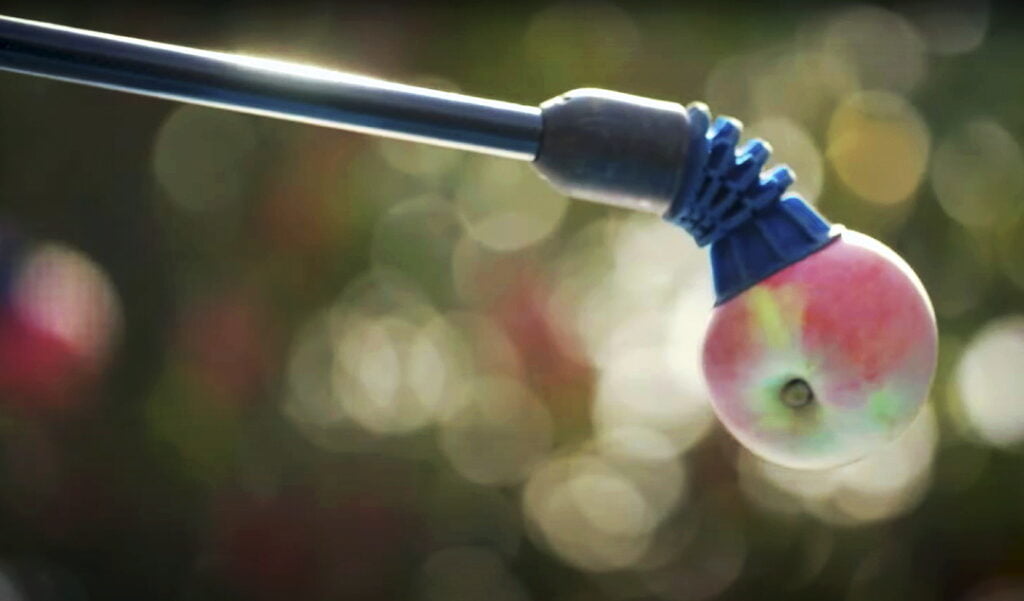
“Finding fruit pickers is every farmer’s biggest concern,” Yaniv Maor, the company’s founder and CEO tells NoCamels. “Ask any farmer, anywhere in the world and they’ll tell you they don’t have the people.
“Food consumption is increasing, but labor availability is decreasing. There is a gap and that gap is growing.”
In many cases fruit is left to the rot on the tree because there is simply nobody available to pick it. That accounts for an estimated 10 per cent of all fruit grown globally. Covid made matters even worse, as lockdowns prevented migrant workers from traveling.
Maor’s background is in consumer electronics and the industrial and defense markets. But he saw a TV documentary called I Have a Job For You about 10 years ago, in which young Israelis were tasked with picking fruit. They didn’t last more than a few hours. He realized robots were the answer to the labor problem.
Sign up for our free weekly newsletter
Subscribe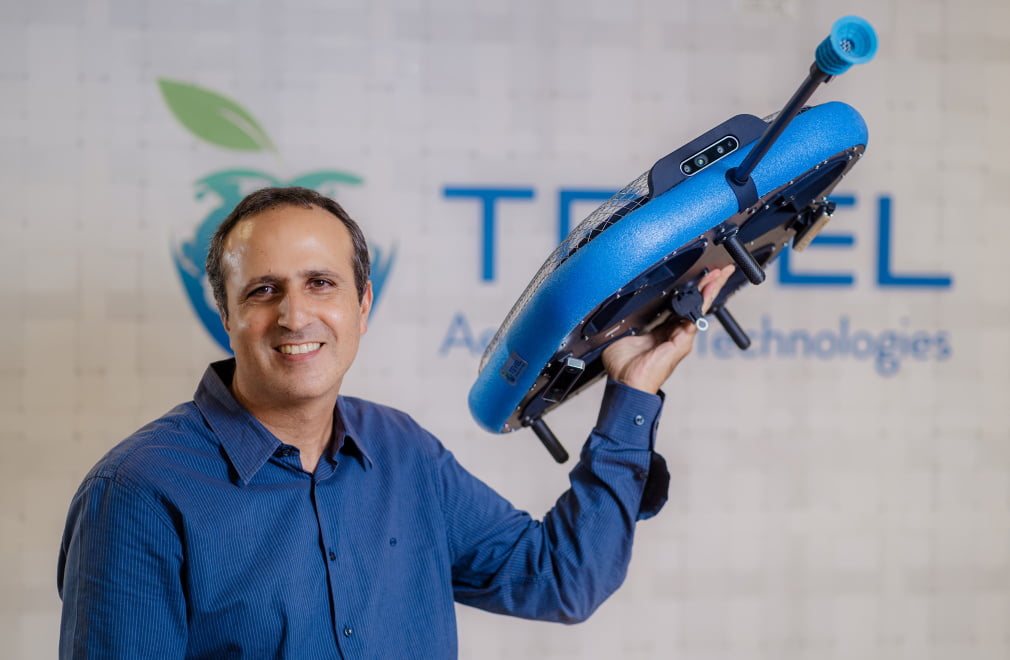
He set up Tevel in 2017 to develop the software, artificial intelligence and algorithms that power the fruit-picking robots. Teaching them exactly how to pick a fruit is a complex task. Just think how many individual movements a human picker performs, the muscles they use, the hand-eye coordination and much more besides.
“We have to teach the robot about each fruit, about the foliage, the branches, the leaves, how to access the fruit, how to rotate it and disconnect it from the tree,” says Maor.
The company has since grown. It now has 60 employees and has attracted $30 million in funding.
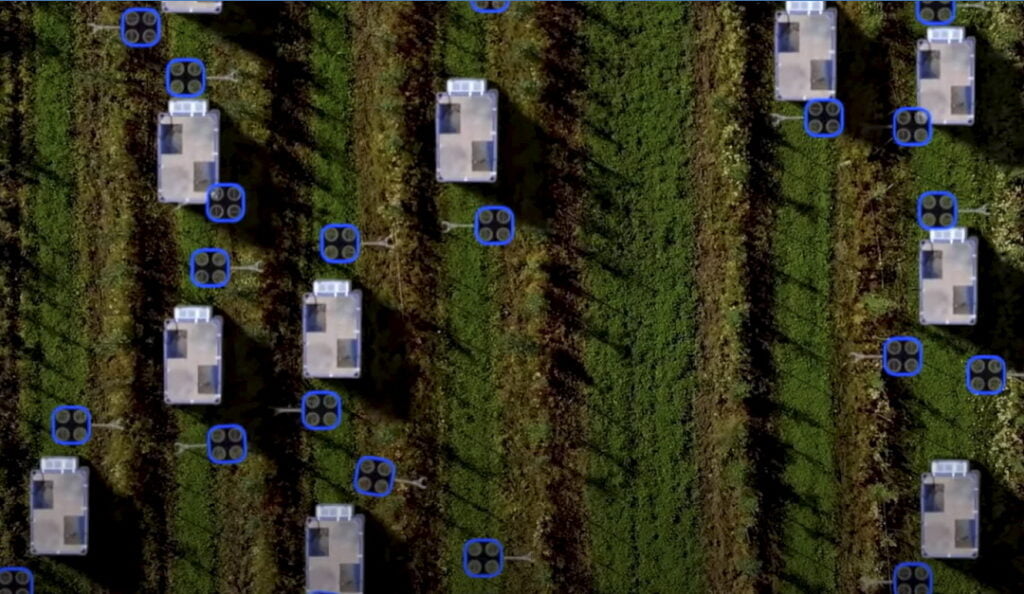
The robots are now deployed in Israel’s Golan Heights, picking Asian pears, in Italy, where they pick apples, peaches and nectarines, and in California, where they pick nectarines and plums. “We are moving into Spain, the UK, Australia and New Zealand, and Asia,” says Maor. “We are also planning to go to China and Japan. Every year we are planning to expand to more and more geographies.”
They’re also adding avocado and mango to the list of fruits the robots can pick. They’re stem fruits that require cutting, so there’s a whole new skill set to teach the robots. And in the future they will be taking on extra tasks, such as pruning and spraying pesticides.
“We have developed an agile cost-effective solution that picks the fruit without bruising it, when it’s the right color and ripeness,” says Maor.
The Tevel robots aren’t yet as fast as human pickers. They can currently manage about a ton, half as much as a person. But they’re happy to work three shifts a day, and as the technology evolves, they’ll speed up.
“We’re not a substitute for labor, we are a solution for the labor shortage,” says Maor. “In the future fewer people will work in picking and more will work managing the robots, analyzing the data and making decisions.”
Related posts

Editors’ & Readers’ Choice: 10 Favorite NoCamels Articles

Forward Facing: What Does The Future Hold For Israeli High-Tech?

Impact Innovation: Israeli Startups That Could Shape Our Future


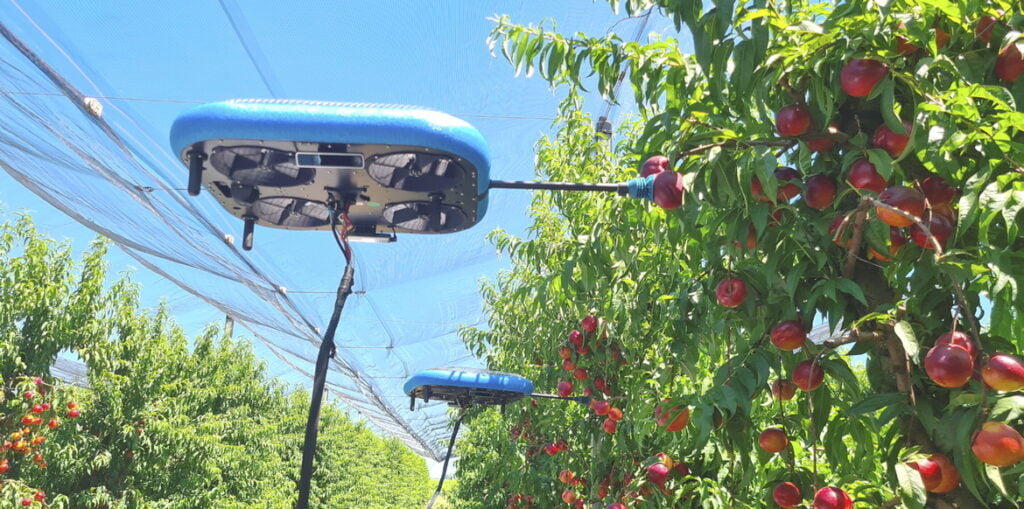

Facebook comments